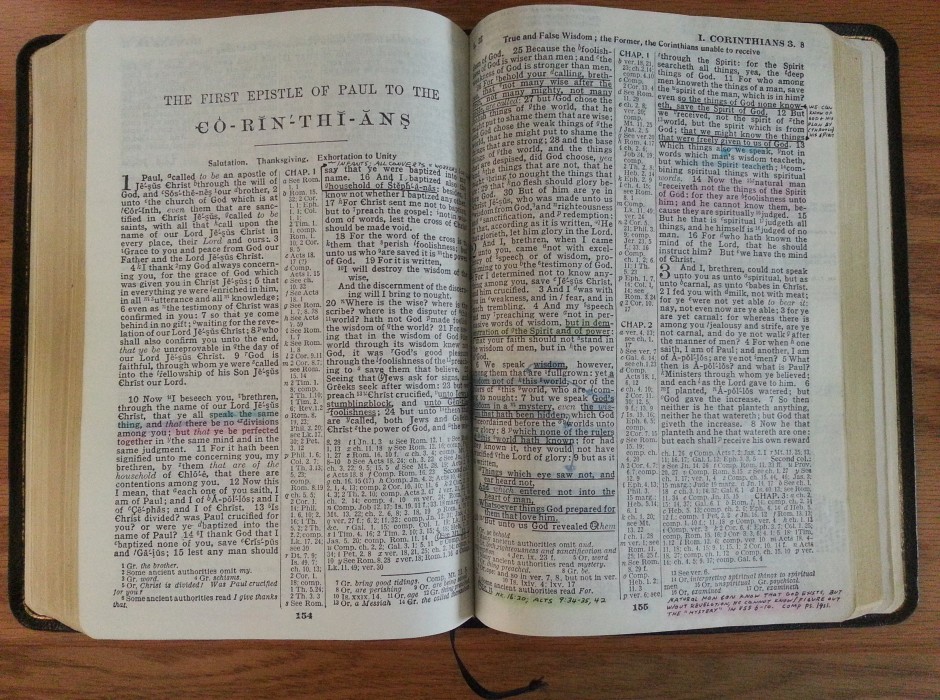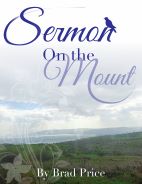Jesus, as the sacrificial Lamb of God, is one of the most common pictures people have of Jesus. There are two Greek words for “lamb.” Amnos is the most common word for that sacrificial Lamb, and it only occurs in three passages in the New Testament. First, when John the Baptizer saw Jesus he said, “Behold, the Lamb of God who takes away the sin of the world!” (John 1:29) and the next day, “Behold, the Lamb of God” (John 1:36)! Second, when Philip was sent by the angel of the Lord to the road that ran between Jerusalem and Gaza, he found a man riding in a chariot who was reading from Isaiah where it says, “He was led as a sheep to slaughter; and as a lamb before its shearer is silent” (Acts 8:32). Third, many years later Peter wrote, “You were not redeemed with perishable things like silver or gold from your futile way of life inherited from your forefathers, but with precious blood, as of a lamb unblemished and spotless, the blood of Christ” (I Peter 1:18-19).
Arnion is another word for Lamb, but is only found in the book of Revelation, except once when Jesus used it when speaking to Peter (John 21:15). (The Lord willing, next week’s article will be about “The Lamb in the Book of Revelation”).
The nature of the lamb: Lambs have always, in every culture, been a symbol of innocence and gentleness, an animal who is unable to defend himself. This of course, perfectly fits Jesus Christ, who said of Himself, “Take My yoke upon you and learn from Me, for I am gentle and humble in heart” (Matthew 11:29). Paul said, “Now I, Paul, myself urge you by the meekness and gentleness of Christ” (2 Corinthians 10:1).
The lamb is often the symbol of dependence: In the familiar 23rd Psalm, God is pictured as the shepherd of the sheep. The psalmist also said, “Know that the LORD Himself is God; it is He who has made us, and not we ourselves; We are His people and the sheep of His pasture” (100:3). Isaiah described, in the most beautiful way, that sheep and lambs depend on God. “Like a shepherd He will tend His flock, in His arm He will gather the lambs and carry them in His bosom; He will gently lead the nursing ewes” (40:11). What a blessing we have if we are one of His sheep who totally depends on God! Jesus is the superb example of a lamb who was dependent on the Shepherd! Jesus portrayed Himself as that dependent Lamb who was totally dependent on God, the Father when He said, “I do nothing on My own initiative” (John 8:28). Later He showed His dependence on God by saying, “I did not speak on My own initiative, but the Father Himself who sent Me has given Me a commandment as to what to say and what to speak” (John 12:49). Jesus is the greatest example of one who depended on God even the only time when He did not want to obey the Father because of His coming death. None-the-less He said, “Yet not as I will, but as You will” (Matthew 26:39).
The lamb was the most frequent sacrifice in the Old Testament. Barclay wrote, “There was hardly a Jewish sacrifice in which a lamb was not involved” (p. 303). The very first sacrifice recorded in the Bible was offered by Abel and the text says, “Abel, on his part also brought of the firstlings of the flock” (Genesis 4:4). Every morning at 9:00 and every afternoon at 3:00 a lamb was offered as a burnt sacrifice (Exodus 29:38-41; Numbers 28:1-8) and that was done, basically, for 1,500 years. A lamb was the trespass offering when a leper was healed (Leviticus 14:10-32). The lamb was also connected with the Nazarite vow (Numbers 6). A lamb was what a woman offered for purification after she gave birth (Leviticus 12:6-8). The lamb was part of the offering in the ceremonies connected with the redemption of the first-born (Exodus 34:20). The lamb was the burnt offering at the dedication of the altar of the tabernacle (Numbers 7:15-17). The lamb was used in the Passover meal and seven lambs were offered on each day of the seven days of the Feast (Leviticus 23:12). On and on, one can find references where lambs were offered as a sacrifice. Of course, to the Jew, lambs were the main portion of every Passover they observed (Exodus 12).
Paul clearly says, “Christ our Passover also has been sacrificed” (I Corinthians 5:7). Not only the Passover Lamb, but all of the other sacrifices of the lambs symbolize that Jesus is the Lamb offered to God for our sins and the sins of the whole world (John 1:29; I John 2:1-2). Truly, Jesus is the sacrificial Lamb of God.
Wayne Burger

